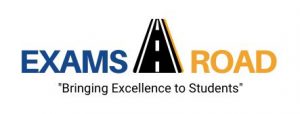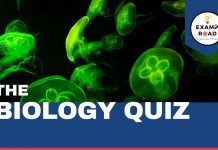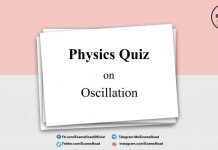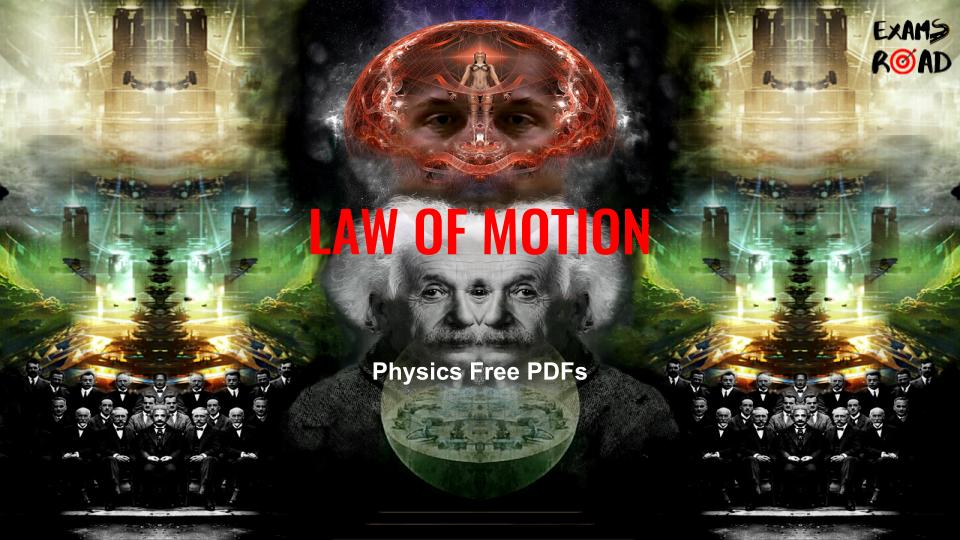Biology Quiz on Restriction Enzymes
Biology Quiz on Restriction enzymes: NEET is the most coveted medical entrance examination carried out across the country. It is an objective type, pen-paper test comprising 4 sections – Physics, Chemistry, Botany and Zoology. The maximum marks that can be scored are 720 marks and consists of 180 questions. 50% of the paper is dedicated to Biology, as the NEET exam primarily aims at enabling students to take up seats in medical courses. Biology is one of the most important and vital sections in NEET. It includes theories, descriptions, discoveries, diagrams, definitions, explanation of differences and relations. Most of the concepts covered in the NEET syllabus are from the NCERT syllabus of Class 11 & 12. In this post we are providing you biology quiz on Restriction enzymes.
Biology Quiz on Restriction enzymes
1. The restriction enzymes bind to and cut the sequences of DNA which usually are
(a) antiparallel
(b) not symmetrical about the midpoint
(c) symmetrical about the midpoint
(d) random sequences
(c) symmetrical about the midpoint
2. In bacteria, the restriction phenomena occurs naturally as
(a) bacteria produces enzyme
(b) for survival
(c) for efficient cloning
(d) destruction of DNA of the bacterium
(a) bacteria produces enzyme
3. This was the first restriction endonuclease that was discovered
(a) BamHI
(b) EcoRI
(c) HindIII
(d) HindII
(d) HindII
4. This is not a cloning factor
(a) pUC19
(b) SV40
(c) EST
(d) M13
(c) EST
5. For cloning, restriction enzymes with sticky ends are used for
(a) ease of transformation
(b) easy insertion into plasmids of DNA segments from different sources
(c) easy identification of plasmids with antibiotic resistance
(d) easy identification of plasmids having inserts
(b) easy insertion into plasmids of DNA segments from different sources
6. The host controlled restriction is a process associated with
(a) gene of interest
(b) bacteria
(c) plasmid
(d) viruses
(b) bacteria
7. Restriction enzymes are isolated from
(a) Virus
(b) Fungi
(c) Protozoa
(d) Bacteria
(d) Bacteria
8. Joining and cutting DNA are these techniques
(a) DNA synthesis
(b) DNA degradation
(c) DNA manipulation
(d) DNA replication
(c) DNA manipulation
9. How many bases does the sequence which identifies the restriction enzymes contain?
(a) 1
(b) 4
(c) 6
(d) 12
(c) 6
10. For the production of a DNA copy, the enzyme which uses RNA is called
(a) DNA polymerase
(b) RNA polymerase
(c) DNA ligase
(d) reverse transcriptase
(b) RNA polymerase
Subject-wise Tricks Tips & Question with Solution PDFs
| S.NO | Subject Name | Topic-wise PDFs Download Link |
| 1. | Chemistry Notes PDF | Click Here to Download Now |
| 2. | Maths Notes PDF | Click Here to Download Now |
| 3. | Physics Notes PDF | Click Here to Download Now |
| 4. | Biology Notes PDF | Click Here to Download Now |
Syllabus and Previous Year Papers |
|
| Chemistry Syllabus for NEET & AIIMS Exams | Click Here |
| Chemistry Syllabus for JEE Mains & Advanced | Click Here |
| Chapter Wise NEET Chemistry Syllabus | Click Here |
| Physics Syllabus for NEET & AIIMS Exams | Click Here |
| Physics Syllabus for JEE Mains & Advanced | Click Here |
| Chapter Wise NEET Physics Syllabus | Click Here |
| Biology Syllabus for NEET & AIIMS Exams | Click Here |
| Chapter Wise NEET Biology Syllabus | Click Here |
| Maths Syllabus for JEE Mains & Advanced | Click Here |
| Download NEET Previous Year Question Papers with Solution | Click Here |
|
|
|
| https://www.facebook.com/ExamsRoadOfficial | |
| Telegram | https://telegram.me/ExamsRoad |
| https://twitter.com/ExamsRoad | |
| https://www.instagram.com/ExamsRoad/ | |
| YouTube | Click Here To Subscribe Now |
Thank You.
By TEAM ExamsRoad.com



![100+ MCQs on Alcohols Phenols and Ethers PDF – Free Objective Question & Answers [Chemistry NEET JEE] MCQs on Alcohols Phenols and Ethers PDF](https://examsroad.com/wp-content/uploads/2023/06/MCQs-on-Alcohols-Phenols-and-Ethers-PDF-100x70.jpg)












